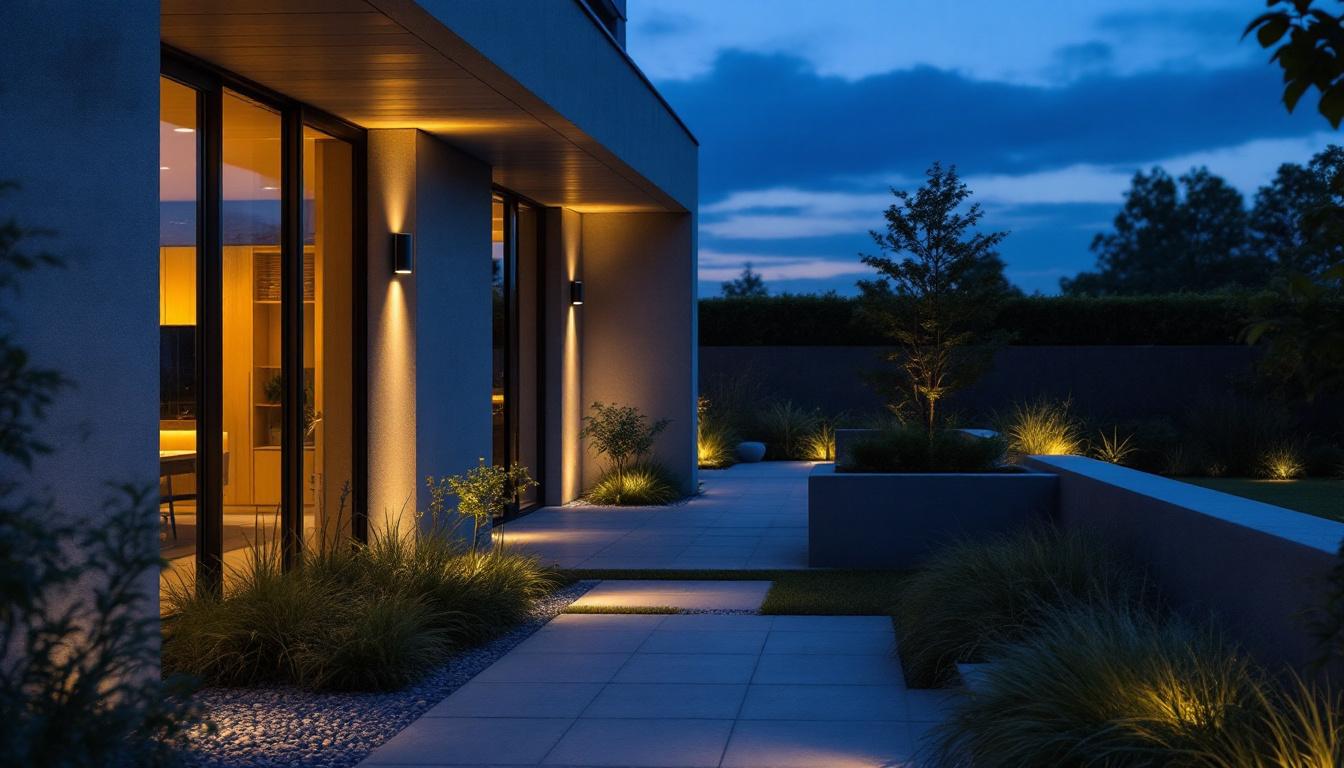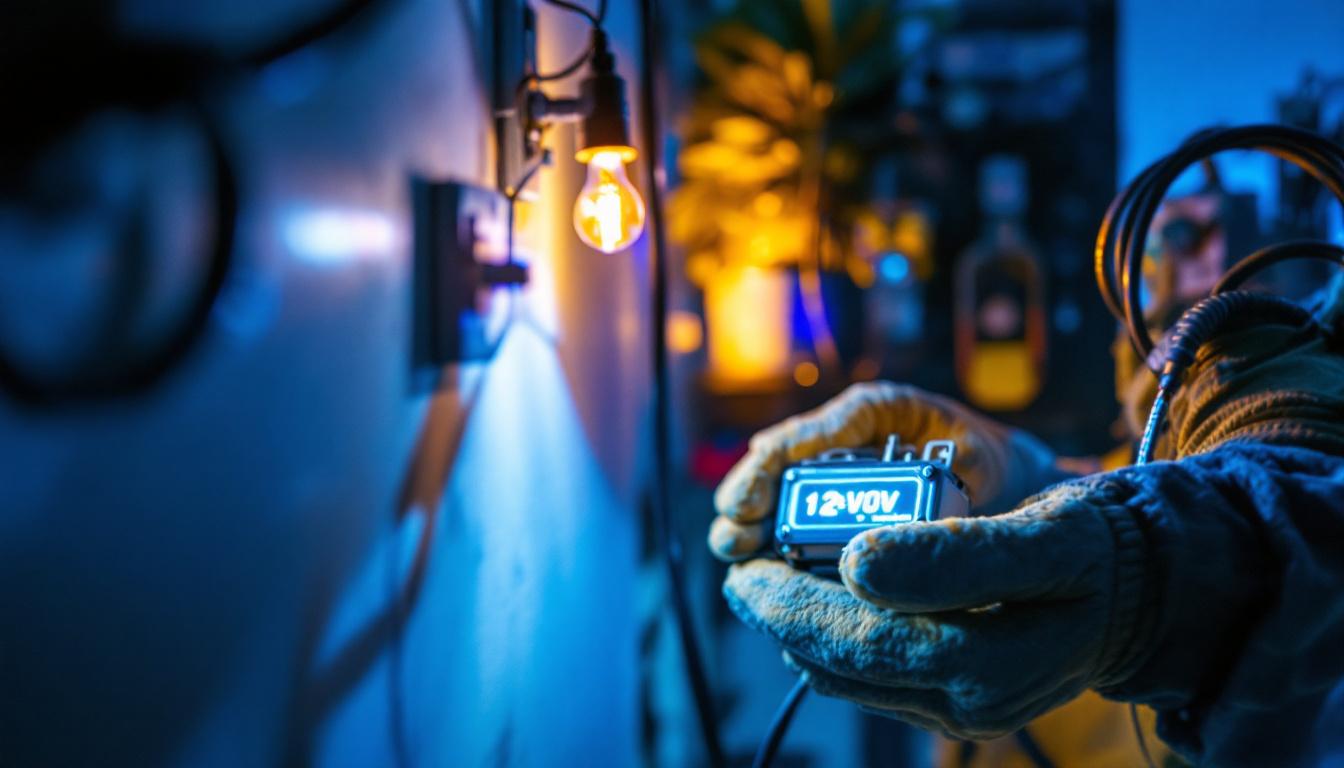
When it comes to outdoor lighting solutions, LED external flood lights have become a popular choice for both residential and commercial applications. Their energy efficiency, longevity, and versatility make them an ideal option for various projects. However, as technology continues to evolve, lighting contractors must consider how to future-proof their lighting installations. This article will explore essential strategies to ensure that LED external flood lights remain effective and relevant for years to come.
LED (Light Emitting Diode) technology has transformed the lighting industry. Unlike traditional incandescent or halogen bulbs, LEDs produce light through a semiconductor process, which allows for greater energy efficiency and longer lifespans. This section will delve into the fundamental aspects of LED technology that contractors should understand.
One of the most significant advantages of LED external flood lights is their energy efficiency. They consume significantly less power compared to traditional lighting options, which translates to lower electricity bills for clients. Additionally, LEDs have a lifespan that can exceed 25,000 hours, reducing the frequency of replacements and maintenance costs.
Understanding the energy consumption of different LED models is crucial for contractors. By selecting high-quality products with excellent lumen output per watt, contractors can ensure that their installations are both cost-effective and environmentally friendly. Furthermore, the reduced energy consumption of LEDs contributes to a smaller carbon footprint, making them an attractive option for environmentally conscious clients. As more municipalities and organizations push for sustainability, the demand for energy-efficient lighting solutions continues to rise, presenting contractors with an opportunity to lead in this evolving market.
LEDs come in various color temperatures, measured in Kelvin (K). This allows contractors to choose the appropriate lighting for specific applications, whether it be warm white for residential settings or cooler temperatures for commercial spaces. Selecting the right color temperature can enhance safety and aesthetics, making it a vital consideration in any lighting project.
Moreover, the quality of light produced by LEDs is often superior to that of traditional bulbs. With options for high Color Rendering Index (CRI) ratings, contractors can provide clients with lighting that accurately represents colors, enhancing the overall visual experience. This is particularly important in settings such as art galleries, retail spaces, and photography studios, where color accuracy is paramount. Additionally, many modern LEDs offer dimming capabilities and smart technology integration, allowing for customizable lighting solutions that can adapt to different moods and activities throughout the day. This flexibility not only improves the functionality of a space but also adds value to the overall design, making it an essential consideration for contractors aiming to meet diverse client needs.
Future-proofing lighting projects involves designing systems that can adapt to changing needs and technologies. This section will explore strategies for creating flexible and adaptable lighting solutions.
Implementing modular lighting systems allows for easy upgrades and adjustments. Instead of installing fixed lighting solutions, contractors can opt for modular designs that enable the addition or removal of fixtures as needed. This flexibility is particularly beneficial in environments where lighting needs may change over time, such as parks, commercial properties, or event spaces.
By utilizing modular systems, contractors can ensure that their clients are not locked into a single lighting configuration. This adaptability can lead to long-term satisfaction and reduced costs for future modifications. For instance, a retail space may require different lighting setups during seasonal sales or special events, and modular systems can be easily reconfigured to meet these demands without the need for extensive renovations or new installations.
Moreover, modular lighting systems can be designed to accommodate various lighting technologies, including traditional incandescent bulbs, energy-efficient LEDs, or even emerging technologies like organic light-emitting diodes (OLEDs). This versatility not only extends the lifecycle of the lighting infrastructure but also allows for seamless integration of the latest advancements in lighting technology, ensuring that the spaces remain contemporary and functional.
The integration of smart technology into lighting systems is becoming increasingly prevalent. Smart LED flood lights can be controlled remotely, allowing for adjustments in brightness, color temperature, and even scheduling. This capability not only enhances user convenience but also contributes to energy savings.
Contractors should consider incorporating smart lighting solutions into their projects. By doing so, they can offer clients the ability to control their outdoor lighting through mobile apps or voice-activated devices, making their installations more appealing and modern. Additionally, smart lighting systems can be programmed to respond to environmental changes, such as automatically dimming when natural light is sufficient or adjusting based on occupancy, which further optimizes energy consumption.
Furthermore, the data collected from smart lighting systems can provide valuable insights into usage patterns and preferences. This information can be leveraged to make informed decisions about future lighting configurations or enhancements, ensuring that the systems evolve in tandem with user needs. As smart cities continue to emerge, the integration of advanced lighting technologies will play a crucial role in enhancing urban living, making it essential for contractors to stay ahead of these trends to remain competitive in the market.
Not all LED external flood lights are created equal. Selecting high-quality products is essential for ensuring durability and performance. This section will provide guidance on how to choose the right LED fixtures for various applications.
When selecting LED flood lights, contractors should prioritize quality over cost. High-quality products often come with better warranties and performance guarantees, ensuring that clients receive reliable lighting solutions. Look for fixtures that have undergone rigorous testing and certification processes, such as UL or ETL listings.
Additionally, consider the manufacturer’s reputation and track record. Established brands with positive reviews are more likely to provide products that meet the necessary standards for performance and longevity.
Understanding the relationship between lumens and wattage is crucial for selecting the appropriate LED flood lights. Lumens measure the amount of light produced, while wattage indicates energy consumption. Contractors should aim for fixtures that provide high lumen output with low wattage to maximize energy efficiency.
For example, a 100-watt LED flood light can produce the same amount of light as a 400-watt halogen bulb, making it a more energy-efficient choice. By educating clients on this relationship, contractors can help them make informed decisions that align with their lighting goals.
Proper installation is key to maximizing the performance and longevity of LED external flood lights. This section will outline best practices for installation that contractors should follow.
When installing LED flood lights, placement and angle are critical factors that influence their effectiveness. Flood lights should be positioned to illuminate the desired areas without causing glare or light pollution. Contractors should consider the specific needs of the space, such as security, aesthetics, and functionality.
Using adjustable mounts can also enhance the flexibility of the installation. This allows for fine-tuning the angle of the lights to achieve the best coverage and minimize shadows, ensuring that the lighting serves its intended purpose effectively.
Proper wiring is essential for the safe and efficient operation of LED flood lights. Contractors should ensure that all electrical connections are secure and compliant with local codes. Using weatherproof fixtures and wiring is crucial for outdoor applications, as exposure to the elements can lead to premature failure.
Additionally, incorporating surge protection can safeguard the lighting system from power surges and spikes, further enhancing its longevity and reliability.
Even though LED lights require less maintenance than traditional options, regular upkeep is still necessary to ensure optimal performance. This section will discuss maintenance practices that contractors should recommend to their clients.
Dust, dirt, and debris can accumulate on LED flood lights, impacting their brightness and effectiveness. Contractors should advise clients to regularly clean the fixtures to maintain optimal performance. This can be done using a soft cloth and mild cleaning solution, taking care not to damage the lenses or housing.
In addition to cleaning, periodic inspections are essential to identify any potential issues before they escalate. Checking for loose connections, signs of wear, or damage can help prevent costly repairs and ensure that the lighting system continues to function as intended.
As technology advances, it may become necessary to update certain components of the lighting system. This could involve replacing outdated fixtures with newer models that offer improved efficiency or features. Contractors should stay informed about the latest developments in LED technology to provide clients with the best options available.
Encouraging clients to invest in upgrades when necessary can enhance their lighting experience and ensure that their systems remain efficient and effective over time.
LED external flood lights are an excellent choice for a wide range of outdoor lighting projects, offering energy efficiency, longevity, and versatility. By understanding the technology, designing for flexibility, choosing high-quality products, following best installation practices, and implementing regular maintenance, lighting contractors can future-proof their lighting projects.
As the lighting industry continues to evolve, staying informed and adaptable will be crucial for contractors looking to provide the best solutions for their clients. By embracing new technologies and practices, contractors can ensure that their installations remain relevant and effective for years to come.
Ultimately, future-proofing lighting projects not only benefits contractors and their clients but also contributes to a more sustainable and efficient lighting landscape. With the right approach, LED external flood lights can illuminate spaces effectively while meeting the demands of a changing world.
Ready to elevate your lighting projects with the most efficient and future-proof LED external flood lights? At LumenWholesale, we provide contractors with the highest quality, spec-grade lighting products at unbeatable wholesale prices. Say goodbye to middleman markups and hello to a vast selection of industry-standard lighting that ensures reliability and peak performance for any project. Take advantage of our hassle-free bulk buying and free shipping to get premium lighting at the best value. Don’t compromise on quality or cost. Wholesale Lighting at the Best Value is just a click away—experience the LumenWholesale difference now.

Discover why a 12 Volt Transformer for LED lights is essential for lighting contractors.

Discover the common pitfalls lighting contractors face with motion-activated lights and learn how to avoid them.

Discover the art of illuminating vaulted ceilings with expert insights into recessed lighting.

Discover the essentials of solar power lamp posts with planters in this comprehensive guide for lighting contractors.